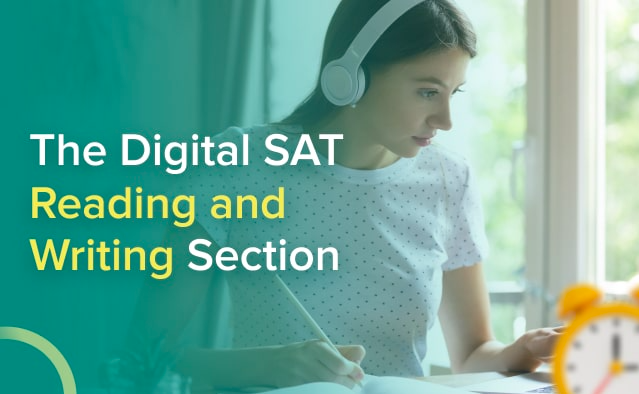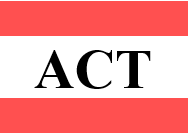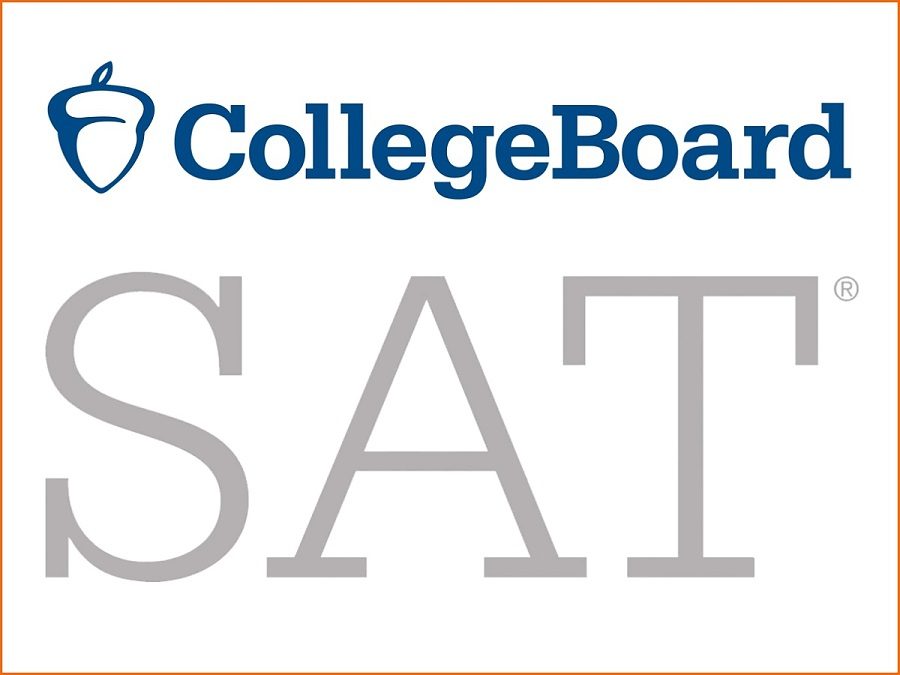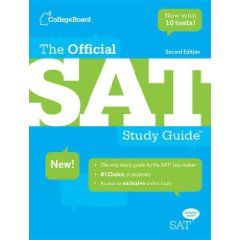With the May 3rd Digital SAT rapidly approaching, it’s time to fine-tune your Reading and Writing preparation. This comprehensive guide offers proven strategies to help you tackle this section with confidence.
Understanding the New Digital SAT Format
The Digital SAT Reading and Writing section represents a significant shift from the paper-based format. Each student receives a unique test through adaptive testing technology, with questions that adjust in difficulty based on your performance in the Module 1. The section contains 54 questions divided into two modules of 27 questions each, with 32 minutes per module.
Most questions present a short passage (1-2 paragraphs) followed by a single question, creating a more focused experience than the lengthy passages of the old SAT.
Key Strategies for Success
1. Master the Question Types
The Digital SAT Reading and Writing section features specific question categories you’ll need to master:
- Information and Ideas: These questions test your ability to identify central ideas, understand details, and make logical inferences.
- Rhetoric: These assess how authors develop arguments, use evidence, and structure their writing.
- Language Use: These focus on word choice, syntax, and grammar conventions.
Understanding the distinctions between these categories will help you recognize patterns and approach each question methodically.
2. Develop Efficient Reading Techniques
With limited time per question, efficiency is crucial:
- Preview the question before reading the passage: This gives you a purpose for your reading.
- Read actively, noting the main idea and purpose of each paragraph.
- Don’t get bogged down in details unless the question specifically asks about them.
- Practice timed reading sessions to improve your speed without sacrificing comprehension.
3. Improve Your Vocabulary in Context
The Digital SAT emphasizes vocabulary in context rather than isolated definitions:
- Study words with multiple meanings and how context changes their interpretation.
- Practice identifying how authors use specific words to convey tone or purpose.
- Build a strong foundation of academic vocabulary through consistent reading.
4. Perfect Your Grammar and Conventions
Grammar questions make up a significant portion of the section:
- Review fundamental grammar rules, especially subject-verb agreement, pronoun usage, and punctuation.
- Practice identifying and correcting common errors like comma splices, run-on sentences, and dangling modifiers.
- Pay special attention to transitions between ideas, which frequently appear in questions.
5. Learn to Analyze Evidence
The Digital SAT heavily emphasizes evidence-based reasoning:
- Practice identifying how authors support their claims through examples, statistics, or expert opinions.
- Develop the ability to distinguish between strong and weak evidence.
- When answering questions, always ask yourself: “What in the text supports my answer?”
Last-Minute Preparation Tips
With the May 3rd exam just around the corner, focus on these final preparation strategies:
- Take full-length practice tests using the official Digital SAT practice app or website.
- Review your mistakes carefully to identify patterns in your errors.
- Create a personal “error log” categorizing the types of questions you frequently miss.
- Practice stress-management techniques like deep breathing to stay calm during the test.
- Ensure your testing device is fully charged and functioning properly before exam day.
Test Day Execution
On May 3rd, implement these test-taking tactics:
- Pace yourself carefully, knowing you have just over a minute per question on average.
- Use the “flag” feature to mark difficult questions and return to them if time permits.
- Eliminate obviously wrong answers to improve your odds when guessing.
- Read all answer choices before selecting your response, even if you think you’ve already found the correct answer.
- Trust your preparation and don’t second-guess yourself unnecessarily.
Conclusion
The Digital SAT Reading and Writing section may seem challenging, but with focused preparation and strategic approach, you can excel on the May 3rd exam. By understanding question types, developing efficient reading techniques, strengthening your language skills, and practicing consistently, you’ll build both the knowledge and confidence needed for success.
Remember that the adaptive nature of the test means getting early questions correct is particularly important, so start strong and maintain your focus throughout each module. Good luck on your Digital SAT journey!










